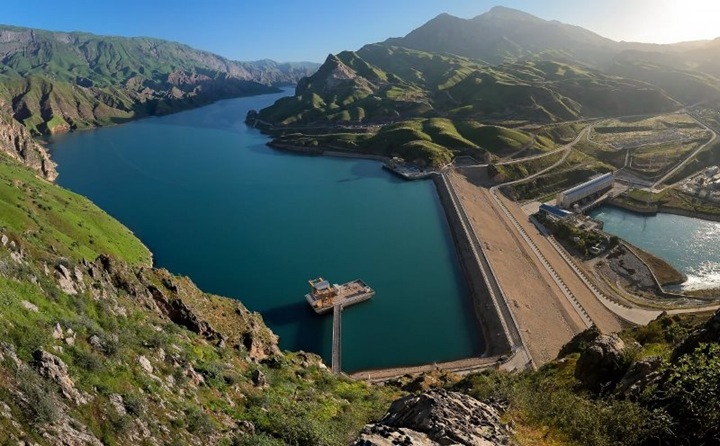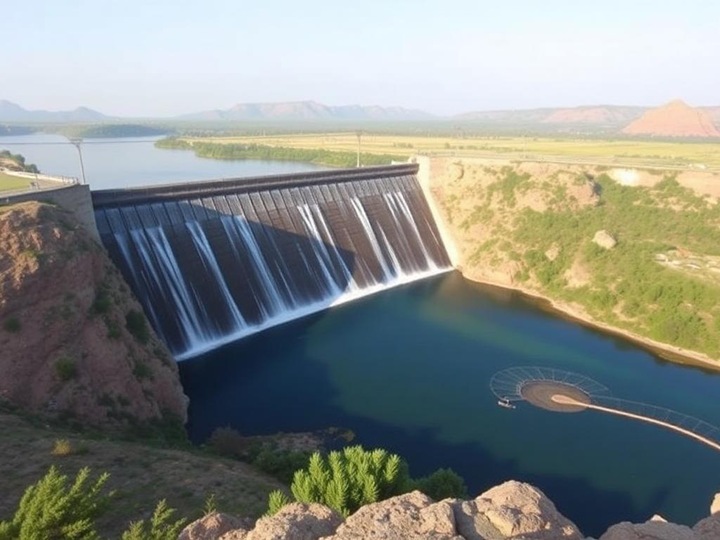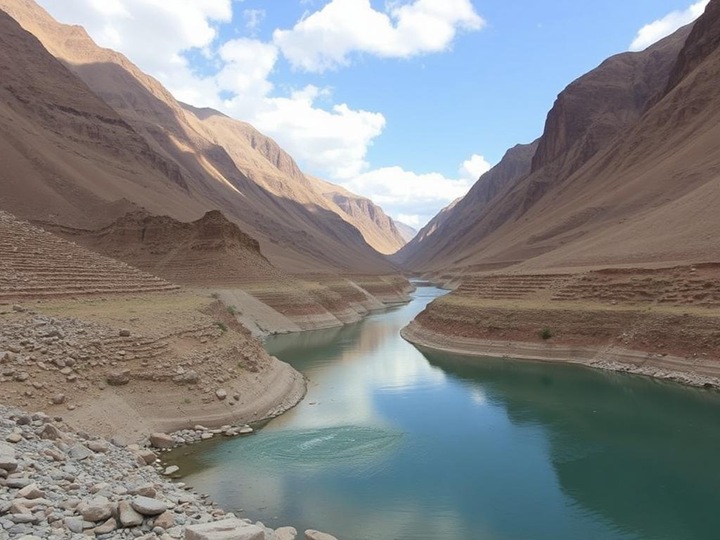Russia will write off $298 million of debt to Tajikistan for the energy of the Sangtuda Dam-1
The Parliament of Tajikistan has approved a protocol introducing significant changes to the Russian-Tajik agreement on the operation of the Sangtuda Dam-1, a strategically important facility on the Vakhsh River. This document opens the way to the phased cancellation of the impressive debt of the state energy company Barki Tojik to the hydroelectric power station. The amount of debt accumulated by the end of 2024 reaches 3 billion 257 million somoni, which is equivalent to almost 298 million US dollars. The governments of Russia and Tajikistan have approved a detailed schedule for the cancellation of this debt, which will be implemented over ten years, from 2025 to 2034.

However, debt cancellation will not be unconditional. The Tajik side will have to fulfill a number of important obligations. Among the key conditions is the official securing of the land plot under the hydroelectric power station itself and the territory adjacent to it for the Sangtudinskaya Dam–1 joint venture. In addition, Tajikistan must guarantee the timeliness of all current payments and ensure a stable financial position of the Barki Tojik energy company, which is critical for the long-term stability of the project.
The protocol also introduces a new, preferential tariff schedule for the purchase of electricity generated by Dams. Starting in 2025, the tariff will be set at 1.5 US cents per kilowatt-hour. Then a gradual increase in this tariff is envisaged, which will reach 2.2 cents by 2032. In the subsequent period, from 2033 to 2048, the tariff will be fixed at 3.3 cents per kilowatt-hour. Such changes are designed to balance the economics of the project and ensure its profitability in the long term.
An important aspect of the new agreement is the extension of the return on investment invested in the project. Originally designed for 20 years, this period has now been extended to 35 years, that is, until 2048. The total amount of equity contributed by the parties to the project is set at $847 million.
The signing of the protocol took place in April this year. The document was signed by the Minister of Energy and Water Resources of Tajikistan Daler Jumaa and the Minister of Energy of Russia Sergey Tsivilev. For the protocol to enter into full force, it is necessary that both parties complete all the required domestic procedures and officially notify each other of their implementation.
The main reason for the formation of a multimillion-dollar debt to the Sangtuda Dam-1 in the Barki Tojik energy holding is called the significant difference between the cost of electricity produced at this Dam and the average tariff at which it is sold to end users in Tajikistan. This creates a financial imbalance, which led to the accumulation of debt.
Interestingly, in the summer, the electricity generated by the Sangtuda Dam-1 is exported by the energy holding to neighboring Afghanistan at a price exceeding 4.5 cents per kilowatt-hour. However, the existing power transmission lines do not allow to significantly increase the volume of such supplies. No other equally profitable foreign markets for Tajik electricity have been found at the moment. As a result, Sangtudinskaya Dam-1 is often forced to discharge water in significant quantities in the summer, which means a loss of potential output and income.
In the winter period, when electricity consumption in Tajikistan increases, Barki Tojik buys electricity from Sangtuda Dam-1 at a higher cost, but is forced to sell it to domestic consumers at relatively low, socially oriented tariffs. “This inevitably leads to the formation of debt and, as a result, to a deterioration in the financial situation of the company,” the energy holding states, emphasizing the systemic nature of the problem that the new protocol is designed to solve.
Original (in Russian): Россия спишет Таджикистану $298 млн долга за энергию Сангтудинской ГЭС-1


